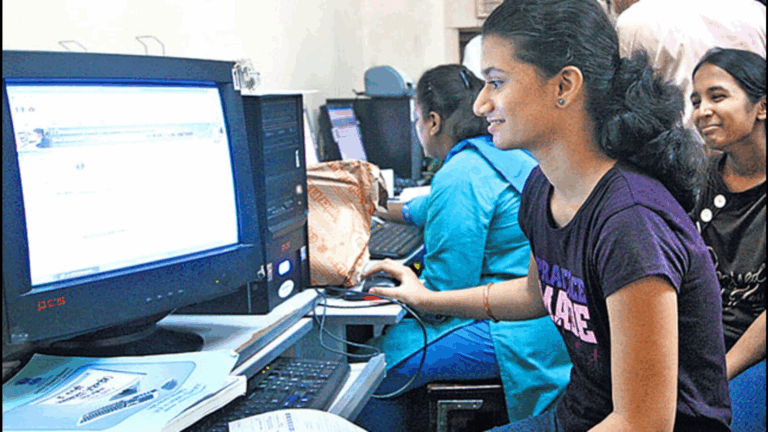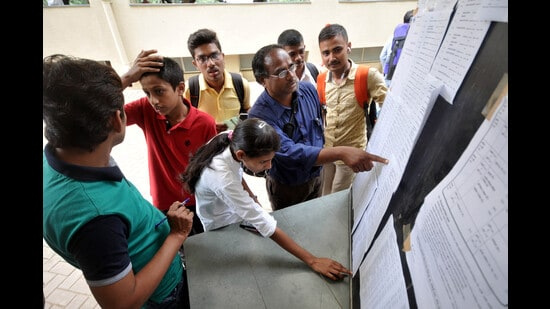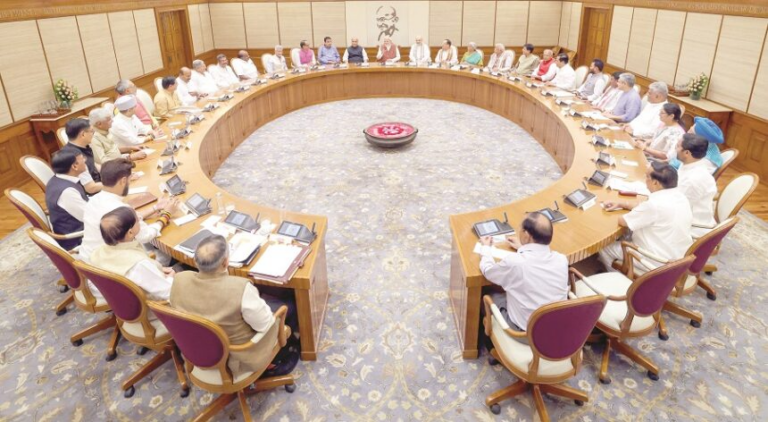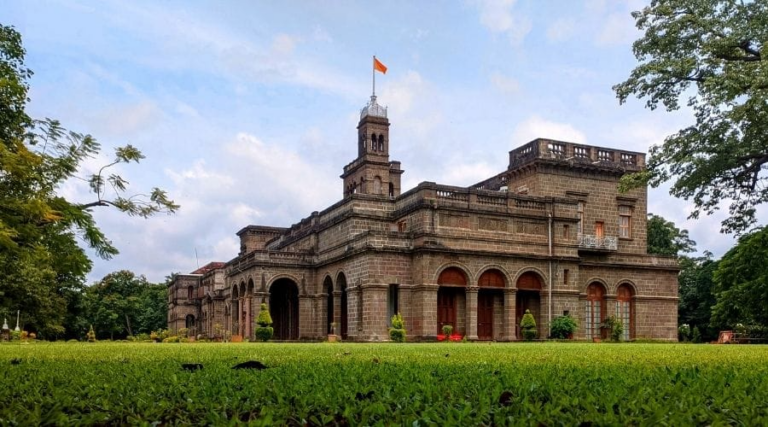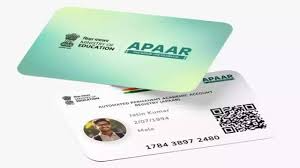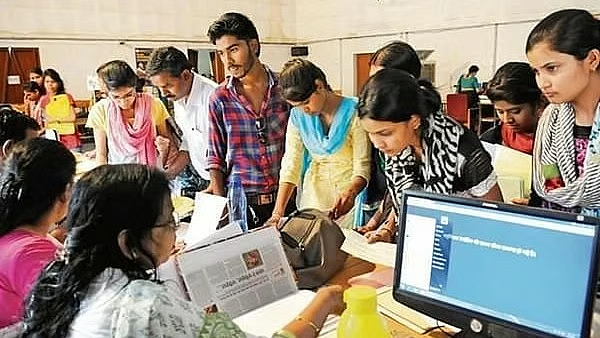
Special Correspondent
Pune : Even after two rounds of the FYJC (Class 11) centralized online admission process, more than 7 lakh seats remain vacant across Maharashtra, raising serious concerns about the effectiveness of the admission mechanism and students’ college preferences.
This year, the state has made available a total of 21,32,960 seats across 9,469 junior colleges. However, only 14,19,861 students registered for admissions, leaving a mismatch of nearly 7 lakh between the number of available seats and applicants. Out of the registered students, 5,07,288 secured admissions in the first round, while 2,15,157 students confirmed admissions in the second round. That brings the total to 7,20,666 admissions so far — barely half of the total registered candidates.
Despite being allotted colleges in the second round, a large number of students chose not to confirm their admissions. Out of 2,51,804 students who received allotments in Round 2, only 1,74,308 actually went ahead and confirmed their seats. This indicates a growing trend where students are either dissatisfied with the colleges they have been allotted or are waiting for better opportunities in subsequent rounds.
Region-wise, Mumbai recorded the highest number of admissions in Round 2 with 55,965 students confirming their seats, followed by Pune at 36,421. Other regions showed comparatively lower figures: Chhatrapati Sambhajinagar (27,957), Nashik (22,126), Nagpur (21,518), Amravati (20,117), Kolhapur (17,315), and Latur (13,738). These numbers point to an uneven distribution of demand, with urban centers receiving higher preference compared to rural or semi-urban districts.
The admission process is now gearing up for the third regular round. Students interested in participating in this round are required to fill Part-2 of their application form between 22nd and 23rd July. The college allotment results are expected soon after, and students who are allotted colleges will need to confirm their admissions between 26th and 28th July.
Meanwhile, the education department is closely monitoring the admission figures and may introduce additional measures to streamline the process and ensure more students take up available seats. Experts believe that factors such as preference for diploma or vocational courses, late decision-making, and aspirations for better colleges are contributing to the current situation.
As the third round approaches, all eyes are on how many of the remaining 6,99,195 seats will be filled. Whether the upcoming rounds will bridge this massive gap or leave thousands of seats vacant will be critical to the state’s education planning and policy implementation.

